Lifeweaver, Overwatch 2’s new support hero, has a pretty high skill ceiling. There’s an argument to be made this is because he’s not a great healer, and his support kit requires a pretty strong game sense to get the most out of. It’s still unclear how Lifeweaver might play into the competitive meta, if at all, and for most of us, new Overwatch 2 heroes are just new ways to play alongside our friends and randos in quick play. But if you’re playing Lifeweaver and want to get a little bit more out of his complex plant-based abilities, let’s talk tips and tactics for getting the most out of Overwatch 2’s newest character.
Lifeweaver is not your main healer
One of the most important things to know about Lifeweaver is that he is not here to be your team’s primary healer. His healing output is one of the game’s lowest, with his primary fire Healing Blossom being, at max, 65 points of healing per shot, and that’s only if you charge it up to max power. Charging to that threshold takes a full second, and you must do so for each shot. Comparatively, characters like Baptiste, whose alt-fire heals at a much faster rate and can heal multiple teammates at once, are just better options for healing. If you were to try and make Lifeweaver your primary healer, it would be a full-time job, and even then he wouldn’t be as efficient as other support characters.
Because of this, it’s important to pair him with the right support hero who can help balance the scales in terms of healing output. This means Lifeweaver pairs well with strong healers like Baptiste and Moira but is probably not the best character to use if the other support player is a low-healing character like Zenyatta or Lucio. Lifeweaver’s kit has a lot of utility, but right now, he’s just not built to pocket your tank.
How does Lifeweaver’s Life Grip work?
Putting his weak healing aside, Lifeweaver’s abilities are all about positioning. He has Life Grip, which allows him to pull a teammate toward him while granting them invincibility. In theory you can use this to save a teammate from a precarious situation, but trolls have other ideas and have been using it to drag allies to their deaths. But I’ve had a fair bit of luck with it when playing alongside an overly eager Reinhardt who dashes far too deep into the enemy’s backline. Just as he gets surrounded and nearly taken out, I’m able to pull him back to safety where my support teammate and I can heal him before he inevitably does it again.
Because Life Grip only targets one teammate, it can’t quite be a well-timed team-saving ability like Baptiste’s Immortality Field or Kiriko’s Protection Suzu, both of which briefly grant multiple heroes immortality. But I‘ve still managed some heroic moments, such as pulling a teammate out of Mei’s ultimate before they were frozen in place or dragging them out of range of Orisa’s Tera Surge before she could bring down her javelin. I’ve also had a lot of luck pulling teammates out of Sigma’s Gravitic Flux ult, even when he’s already lifted them off the ground. If you can use Life Grip before he slams your pals, the Lifeweaver grab is a great counter Aside from ultimates, sometimes you can save a teammate from something pretty mundane, like pulling them away from a Reinhardt Charge before they’re pinned to a wall. Life Grip has a long, 20-second cooldown, so you shouldn’t spam it without intent. But Life Grip can easily do more harm than good if you don’t use it with care.
Life Grip is one of the few Overwatch 2 abilities that lets a single player make an executive decision for their team, and you could very well make things worse by using it, even if only by accident. In one of my first Lifeweaver matches, I was looking at a team fight in which the payload obscured my view of a scrap my Reinhardt was in, but he was at low health so I wanted to get him out of there. He was using Charge on the opposing team’s tank, and because of my viewing angle, I thought he had already successfully pinned the enemy. But it turned out he hadn’t quite hit the wall yet, and by pulling him before the ability was complete, I interrupted his play. Game sense is at the core of using Life Grip, and even the most seasoned Overwatch player is bound to mess it up every now and then. It’s all about discerning when is best to use it, and who to use it on.
Another tip for Life Grip is that much like waiting for Mercy outside spawn can let her fly to you and quickly close distance, waiting within line of sight outside spawn can let you pull teammates to you to get back into the team fight more quickly. This will, of course, mean you’ll be dealing with a cooldown as you head back into the thick of it, but it will help you bring some slower teammates with you rather than having them trickle in and feed your opponent’s ultimate charge by giving them easy targets.
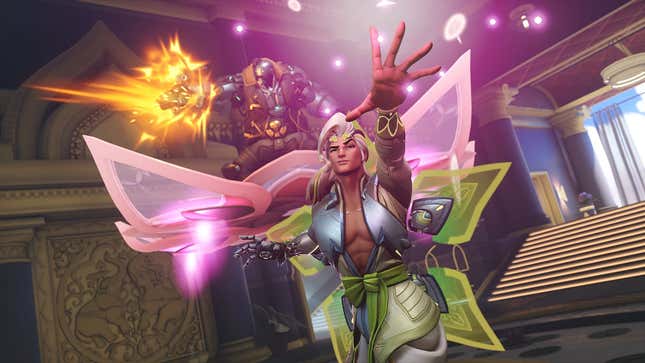
Don’t sleep on his alternate fire
Like the rest of the support heroes, Lifeweaver has ways of dealing damage alongside healing and utility. Similarly to Mercy, he has an alternate weapon that you have to shift to and from. That rapid-fire alt, Thorn Volley, is kind of like the Needler from Halo in that it fires purple, needle-like projectiles at enemies, but without the homing or the explosion at the end. It’s not a hitscan weapon, so it won’t be super effective against quick-moving or flying heroes, but its damage output is pretty respectable and can make for some good suppressing fire.
As a support character, Lifeweaver is most effective when he’s using his utility to bolster damage heroes and tanks. Still, he’s not entirely helpless offensively, and switching over to Thorn Volley when the time calls for it can help your team in its own way. But unlike Moira or Baptiste, he has two modes that require you to make a decision between doing damage or healing, so knowing when to switch between the two is key to making the most of every moment. In general, Lifeweaver shouldn’t be the one prioritizing damage, but if the opportunity presents itself, switch over to Thorn Volley. Well-aimed shots can still give your opponent a run for their money.
Keep your distance
While Lifeweaver can shoot thorns to deal damage, it’s best to stay in the backline whenever possible. Staying farther away from the action will of course keep you safe while you’re healing, but it will also help you get the most value out of Life Grip, because when you use it you’ll be pulling your teammates out of the scrap, rather than just slightly off to the side. Lifeweaver also has a passive ability called Parting Gift, which drops a healing flower where he dies if an opponent manages to get the better of you. The tricky part is, the flower can be picked up by either a teammate or an enemy. While enemies won’t get as much healing from the item, any advantage you can deny your adversaries is a boon for you. Staying farther away from your enemies will give them fewer opportunities to pick up the Parting Gift, and make it easier for your team to grab it instead. All in all, Lifeweaver just works best when he’s at a distance, so don’t get too greedy pushing into the enemy’s defenses. You’re there to help get others to safety when they push too far.
Luckily, Lifeweaver also has an ability that allows you to create distance frequently. Rejuvenating Dash is a mobility skill that lets Lifeweaver dash a short distance and self heal. It doesn’t cover as much space as Tracer’s Blink or Moira’s Fade, but it works well enough to both create space between you and your enemies, and to quickly move to where your teammates will be in your line of sight to heal.
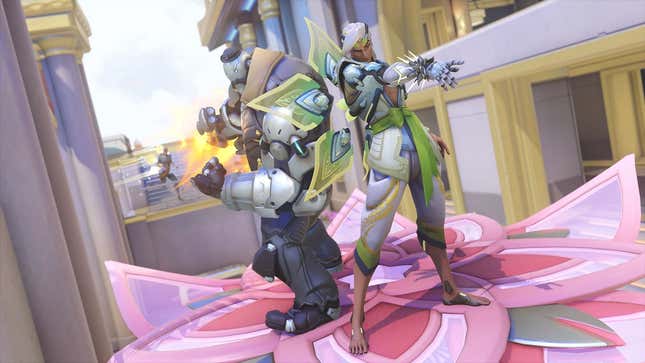
When should I use Petal Platform
The Petal Platform is another Lifeweaver ability that focuses on positioning, but this one also helps with traversal. Lifeweaver sets down an elevating platform shaped like a flower, and if a player steps on it, the platform rises up for 10 seconds or until it’s destroyed. Personally, I’ve gotten the most use of it as a means of getting to places more quickly, such as using it to reach high ground on King’s Row so I can take shortcuts to the objective. However, it does have some tactical utility, as well. High ground is sometimes hard to come by for characters who can use it pretty effectively, like Cassidy or Soldier: 76. A lot of Overwatch 2 maps are built with high ground, but also plenty of places to take cover should a hitscan hero make their way to the top of a building or balcony. Petal Platform lets players make their own high ground, and if paired with the right hero, it can turn the tables of a fight.
For example, I was playing a match with a Cassidy on King’s Row’s first point. We were holding the enemy team back pretty well, but Cass had his ultimate and lacked a good line of sight to use it. As Lifeweaver, I put my Petal Platform down in front of the first wall, which took the cowboy up above the obstacle. He was then clearly able to see several members of the enemy team and use Deadeye, taking out a couple foes with a single shot. By creating an easy way for Cassidy to reach high ground, we were able to overcome the map’s barriers and execute a game-changing play.
While high ground is one perk of Petal Platform, it can also be used in less methodical ways. The platform can be disruptive to several enemy ultimate attacks, both as a way to get your team out of a bind and also by using it on your opponents. Some require precise timing, such as getting out of a Sigma ult before you’re caught in his telekinetic grip. Still, Petal Platform is a pretty reliable counter for ults like Zarya’s Graviton Surge or D.Va’s Self-Destruct if you can place it right under yourself as the enemy casts their ability.
Using it on opponents is also a good way to circumvent some high-impact ultimates. The Petal Platform activates whenever anyone, friend or foe, steps on it. So throwing it under a Reaper as he activates Death Blossom, for example, will raise him up in the air and move him out of range of players on the ground. The same is true for Orisa’s Tera Surge, which would usually make her immovable, but Petal Platform still works even when she’s fortified by her ultimate. These plays can be challenging to pull off, but it proves Petal Platform is not just for reaching the high ground. TikTok user aspen.ow has done some testing on which ultimates Lifeweaver can circumvent with the platform, so you can see a few use cases for it here:
Tree of Life
Lifeweaver’s ultimate ability, Tree of Life, has come in pretty handy for me during some hectic team fights. Compared to other defense-based ultimates like Lucio’s Sound Barrier or Zenyatta’s Transcendence, Tree of Life isn’t going to single handedly keep your team alive in the face of an onslaught of damage. Still, it does have its own uses as a burst of healing and a buildable obstacle.
Lifeweaver builds a healing tree wherever you place the ult. Upon cast, teammates within its range get a high burst of healing, followed by eight smaller healing pulses before it disappears. This is the only way Lifeweaver is able to heal multiple teammates at a time, as his primary fire can only target one character. The healing’s respectable, but Tree of Life also acts as cover. Think of it like a Mei wall, which acts as a temporary shield from enemy fire and can stop enemies in their tracks. If you felt so compelled, you could drop the Tree of Life in front of your enemy’s spawn, and they’d be stuck there until they ran to a different exit. Tree of Life can at least temporarily hold enemy forces at bay, but it can be destroyed if enemies attack it, or if Sombra casts her EMP. It is, however, immune to her standard hacking ability.
While protection from general fire is one thing, Tree of Life can also be used as protection from some powerful ultimates if timed correctly. I had one match in which a D.va threw her Self-Destruct into my team’s backline, and our tank wasn’t there to put up a shield. Instead, I was able to drop Tree of Life in front of the explosion, saving myself and my teammates from the attack and getting a burst of healing that gave us a second wind before we headed back into the fight.

So is Lifeweaver any good?
While I was excited when Blizzard first revealed Lifeweaver because I was compelled by his story and playstyle, he feels a lot more situational than other support characters. Plays like the Cassidy one I mentioned are only possible with a fair amount of coordination, which makes him less ideal for solo queuing or for characters who don’t pair well with his kit. His healing output is, frankly, pretty poor, and the fact that it only targets one teammate at a time means he’s just not built to be a main healer, though low-skill players will no doubt use him that way anyway. I expect he’ll thrive more in high-level play, but it doesn’t feel like the numbers are quite there to keep up with, much less outpace other support heroes’ healing.
Life Grip is easily his standout move, but even it is prone to trolling or just simple accidents like a teammate walking into your line of sight while you’re intending to use it on a different player further into the enemy team’s backline. I’ve had that happen a few times when I wanted to pull a Tank to safety, only for our Mercy to fly in to try and save them and get pulled back instead. A lot of Lifeweaver’s abilities rely not on aim but on the game’s lock-on system. This can be finicky, because it’s largely determined by what’s closest to your reticle, and someone can get in the way in a split second and throw off your play.
In short, I think Lifeweaver is a character who takes a lot of time to master, but has a lot of potential if you’re willing to put in the work. For everyone else, there are characters who do a lot of what he does better, if maybe not as stylishly. Moira has more healing, and Baptiste has more all-encompassing defensive abilities. I’m curious to see what tweaks Blizzard brings to the new hero in the future, because despite my reservations, I’m a big fan of Lifeweaver conceptually. I want to see him succeed, and hopefully the more time the community spends with him, the more apparent his worth will become.

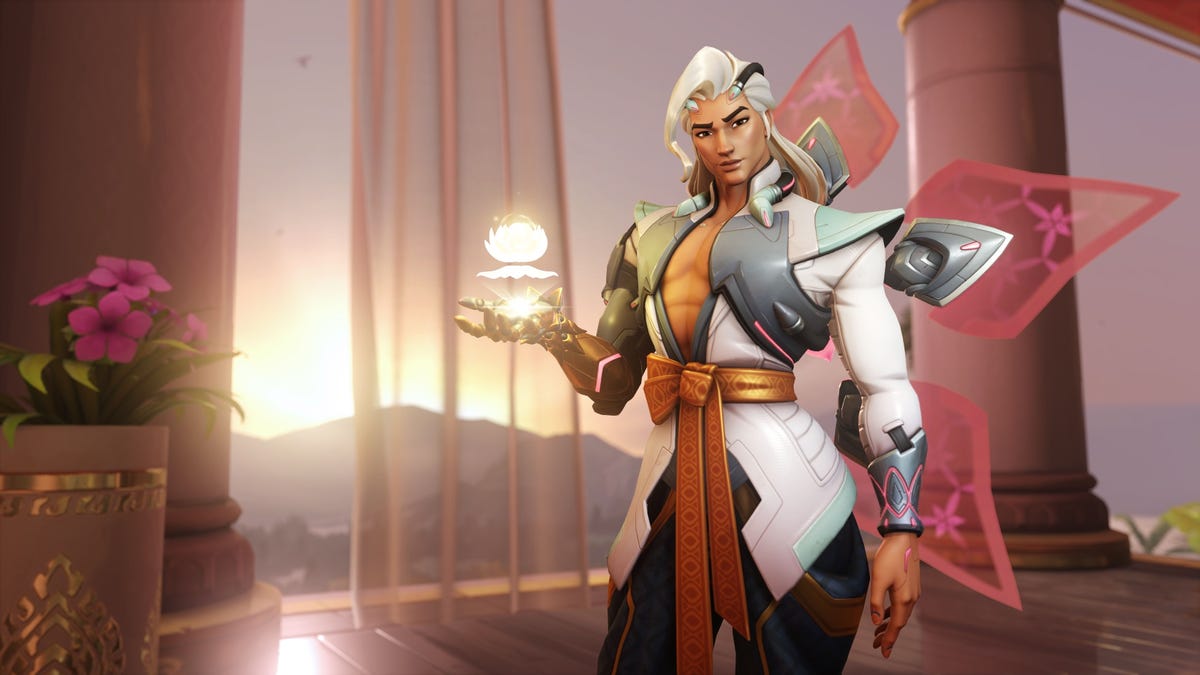

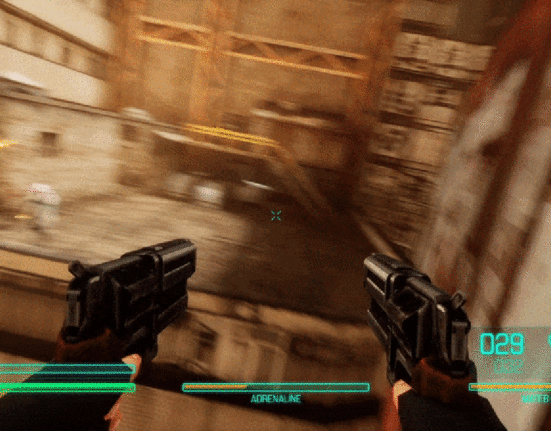
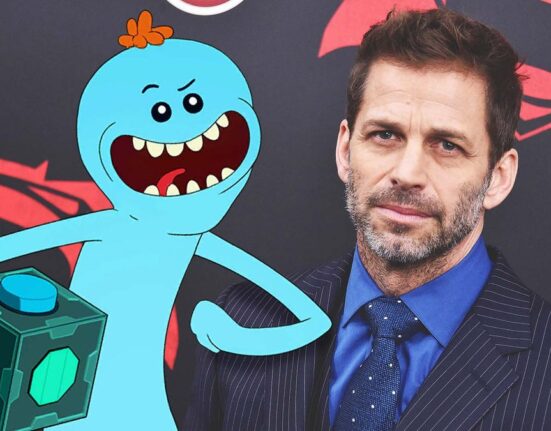
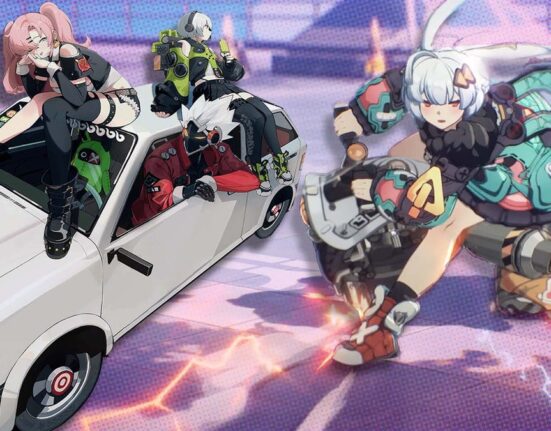
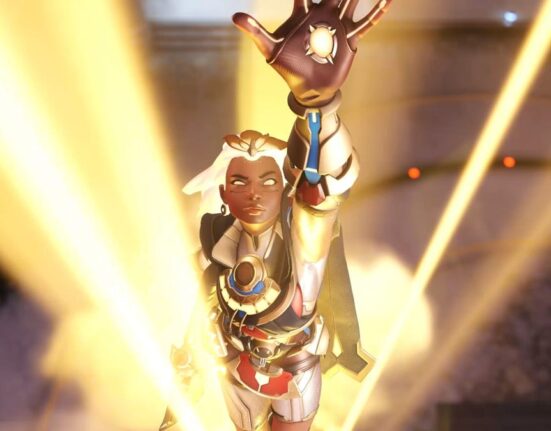
Leave feedback about this